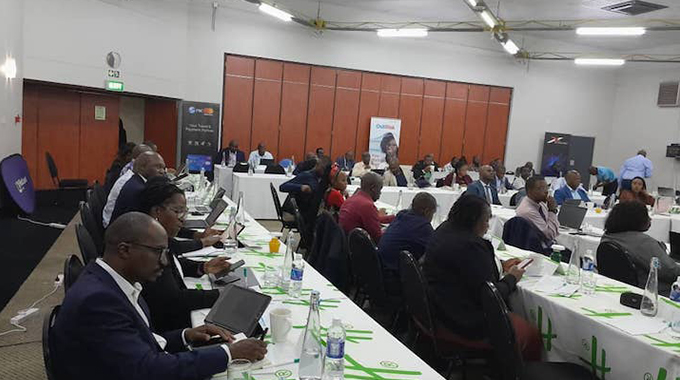Bulawayo primed for economic boom

Nqobile Bhebhe, [email protected]
BULAWAYO Metropolitan Province has strategic infrastructure development networks which when fully developed have the potential to attract massive investment in various sectors and accelerate economic growth while boosting existing businesses, a senior official has said.
The province’s gross domestic product (GDP) has been steadily rising from $25,75 billion in 2020, $26,89 billion in 2021 and reaching $27,87 billion in 2022, a Zimbabwe National Statistics Agency (ZimStat) report shows.
The report further indicates that the province experienced a growth rate of 4,4 percent and 3,6 percent in 2021 and 2022 respectively.
The National Development Strategy 1 (2021-2025), a five-year development plan that guides economic developments in the country towards the national vision aims to attain a GDP per capita of US$3 200 by 2025.
The province, according to ZimStat, had the highest GDP per capita of US$6,199 in 2022 up from US$6,342 in 2021.
ZimStat indicates that the main drivers of economic activities in the province centre on the manufacturing sector which includes food, furniture, cement, metal products, clothing textile and apparel and wholesale and retail trade which incorporates the repair of motor vehicles and motorcycles.
In 2022, wholesale and retailing activities had the highest contribution of 32,2 percent of the province’s GDP, manufacturing accounted for 13,6 percent and finance and insurance services contributed 10,9 percent.
The 2022 value added for manufacturing and wholesaling and retailing was estimated at $398 billion and $308 billion respectively, ZimStat said.
The value added for the financial and insurance services and construction was estimated at $143 billion and $86 billion respectively.
Bulawayo Provincial Affairs and Devolution permanent secretary, Mr Paul Nyoni yesterday told Business Chronicle that the province has relatively well-developed infrastructure to support industry in the form of existing and currently not yet fully utilised industrial areas that are already serviced noting water, energy, road and rail.
“As stated in the ZimStat report, manufacturing is a major contributor to Bulawayo’s economy. But more investment is required to enable existing businesses to retool and expand,” said Mr Nyoni.
“One recurring issue in Bulawayo is the water situation, which is now being addressed through the Gwayi-Shangani project and the pipeline to Bulawayo. I have already mentioned the water situation which is being addressed, but in addition, power supply is raised by current and potential investors. Again this is a matter that is being actively addressed as you are aware, with Hwange 7 and 8 completed, whilst Hwange 1-6 are being rehabilitated.”
Mr Nyoni said additionally, several Independent Power Producers (IPPs) have been licensed to produce power and supply the grid noting that the Bulawayo City Council is working on a major solar project.
Mr Nyoni said the province is focusing on developing a Special Economic Zone (SEZ) in Umvutshwa to provide another investment option.
“We are also looking forward to the development of the special economic zone in Umvutshwa to provide another investment option. Of course, other infrastructure besides water and energy needs upgrading and several projects are underway, for instance, National Railways of Zimbabwe (NRZ) rehabilitation, upgrade of sewer reticulation under devolution funds, the improvements and expansion of health facilities.”
In 2021, BCC announced that it had started engaging potential consultants to undertake feasibility studies for Umvumila area as part of progress towards implementation of SEZs in the city.
The SEZs are being implemented in Bulawayo’s Belmont, Donnington, Kelvin and Westondale corridor as well as Umvumila area, a virgin piece of land covering about 188 hectares.
It is hoped that the SEZs initiative when operational would help Bulawayo restore its industrial hub status while improving Zimbabwe’s macro-economic capacity to produce goods and services competitively as well as creating economies of scale.
To buttress the economic potential of the province which investors can take advantage of, Mr Nyoni said Bulawayo has critical transport links to other provinces but more importantly to neighbouring countries.
“Bulawayo is also a convenient location for agro-processors who take advantage of produce from neighbouring provinces.”
“The province has relatively well developed infrastructure to support industry in the form of existing and currently not yet fully utilised industrial areas that are already serviced with water, energy, road and rail”.











Comments